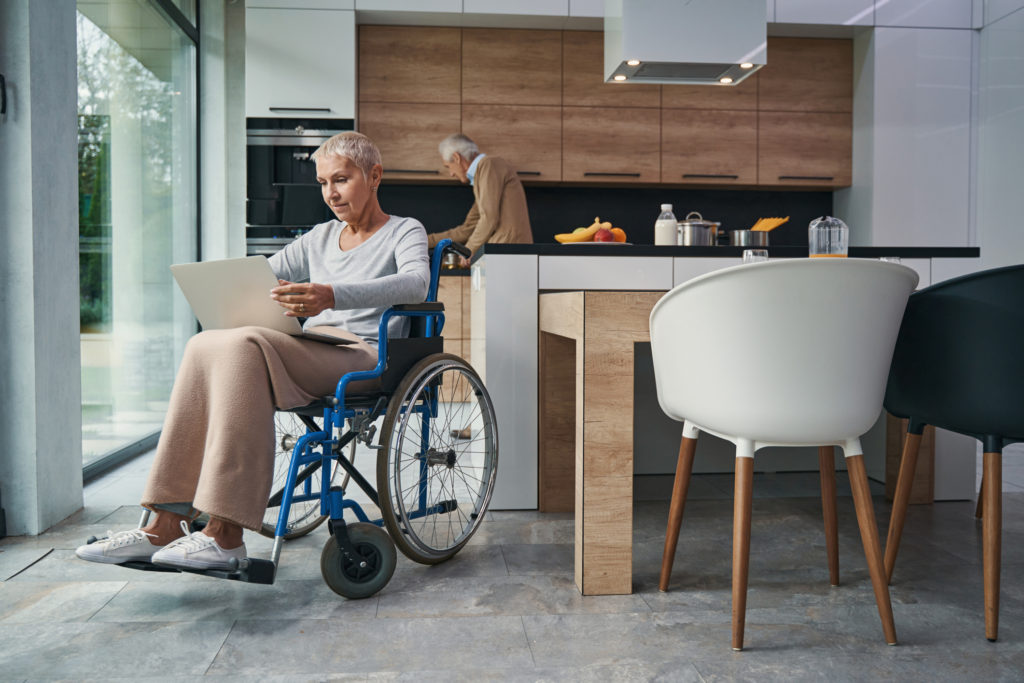Medical, Home Office Deductions for Co-op Owners


The previous five parts in this series discussed how ownership of conventional single-family dwellings differs from ownership of condos or co-op apartments. They also explained when the IRS allows owners of a co-op apartment to build up the adjusted basis for their apartment or requires them to decrease it, as when they claim deductions for casualty and theft losses.
Part five covered how medical expenses are deductible only to the extent that their total in any one year exceeds 7.5 percent of adjusted gross income. Suppose a co-op owner exceeds the 7.5-percent floor. Their deductible expenses include payments for doctor-recommended home improvements or the installation of special equipment or facilities within their apartment. However, there’s no deduction for 100 percent of the cost of improvements or equipment that increases the apartment’s value. Generally, the IRS caps the deduction, and the ceiling is the amount by which the cost of the equipment exceeds the increase in the apartment’s value.
Accommodating homes for people with disabilities. The following expenditures are qualifying improvements that generally don’t increase the value of a co-op owner’s apartment. Therefore, they are eligible in full for medical-expense deductions (subject to the 7.5-percent threshold), and the apartment’s basis decreases. This assumes that the primary purpose of the improvements is to accommodate an owner with disabilities or dependents with disabilities who live there.
- Construction of entrance or exit ramps to the dwelling to help persons in wheelchairs
- Widening of doorways at exits or entrances to the dwelling to accommodate wheelchairs
- Widening or otherwise modifying hallways or interior doorways to accommodate wheelchairs
- Installation of railings, support bars or other modifications to bathrooms or outside of bathrooms
- Lowering of or other modifications to kitchen cabinets and equipment to accommodate wheelchairs
- Relocation of electrical outlets
- Installation of porch lifts and other lifts (generally not including elevators, which may add to a residence’s fair market value)
- Modification of fire alarms, smoke detectors or other warning systems
- Modification of stairs
- Installation of handrails and grab bars, whether or not in bathrooms
- Modifications of door hardware
- Modifications of areas in front of entrance and exit doorways
- Grading of grounds for better access to the residence
I would remind co-op owners that the above list isn’t exhaustive. Other expenses related to accommodating a resident with disabilities might be fully deductible, subject to the 7.5-percent floor. This assumes that they cause no increase in the value of the residence.
Home-office deductions. Does the IRS require co-op owners to adjust their basis downwards if they freelance and claim deductions for home-office expenses? It all depends. Here’s how the rules work.
Let’s say the co-op owner qualifies for the deduction only if she regularly and exclusively used a dedicated part of the apartment for business reasons. She has two options for how to calculate her allowable write-offs. One option, which can be complicated, requires her to multiply her home-related expenditures, including depreciation, by the percentage of the apartment that she used as an office. She must figure depreciation over a 39-year period.
The other option is a simplified method that’s based on the size of her office. It took effect at the start of tax year 2013. Usually, all an owner has to do is multiply each square foot of dedicated office space (up to a maximum of 300 square feet) by $5. Her annual deduction tops out at $1,500, and it drops off to $750 for an office of 150 square feet.
She must adjust downwards to reflect depreciation for the years that she used the percentage method, but not for the years that she used the simplified method because it prohibits deductions for depreciation.

